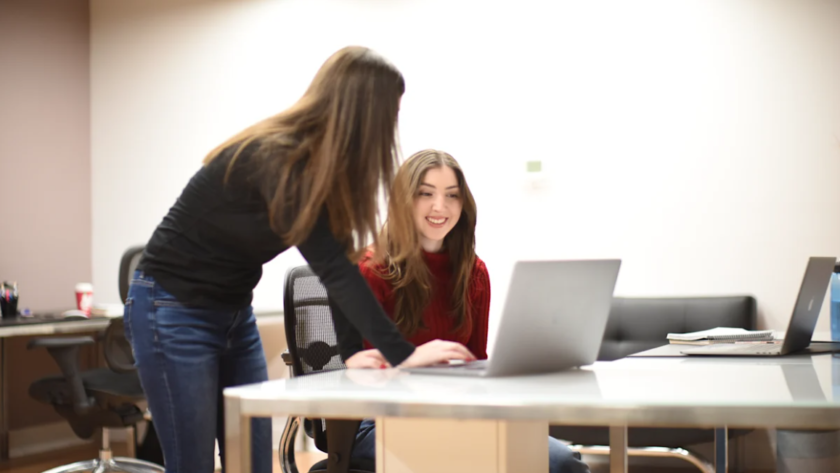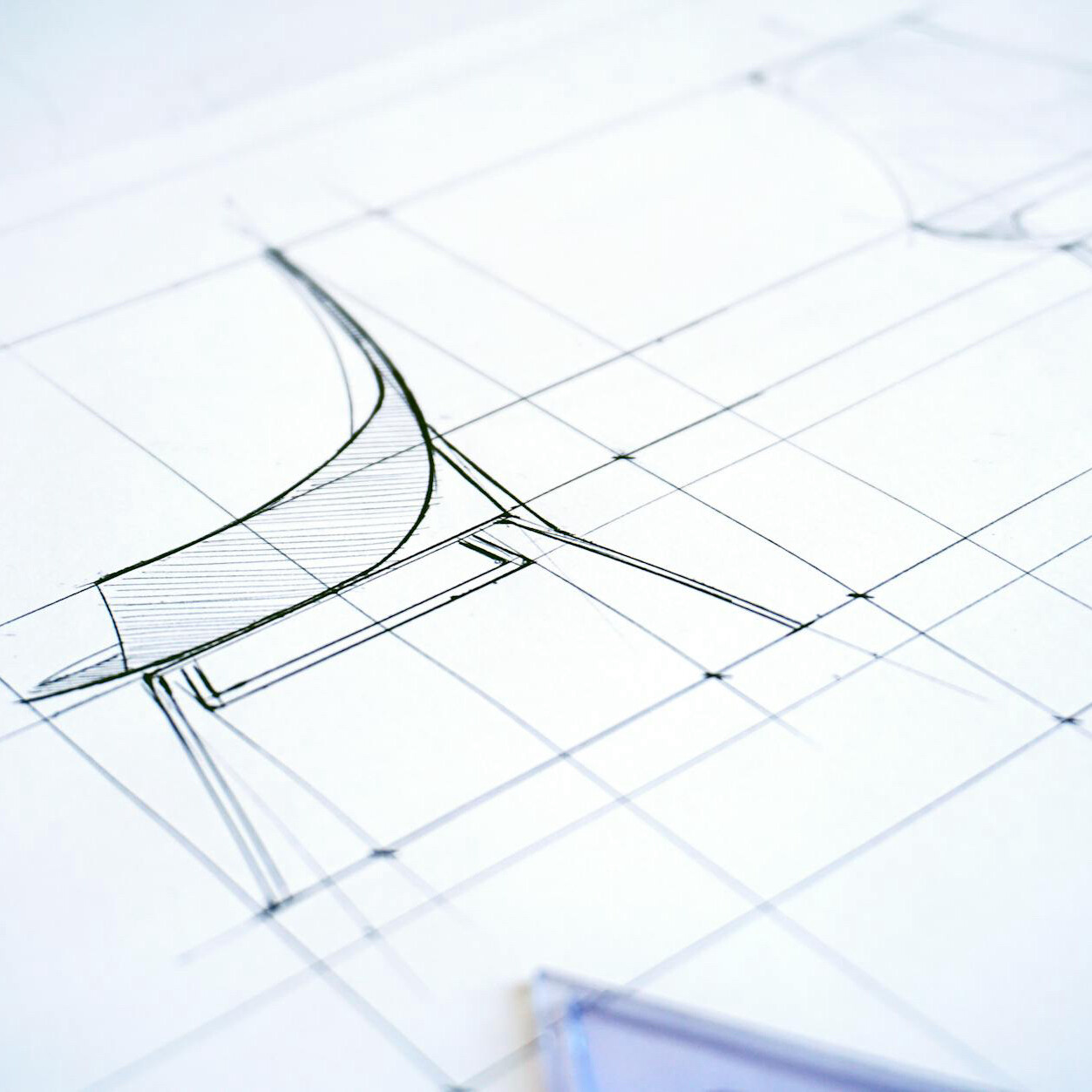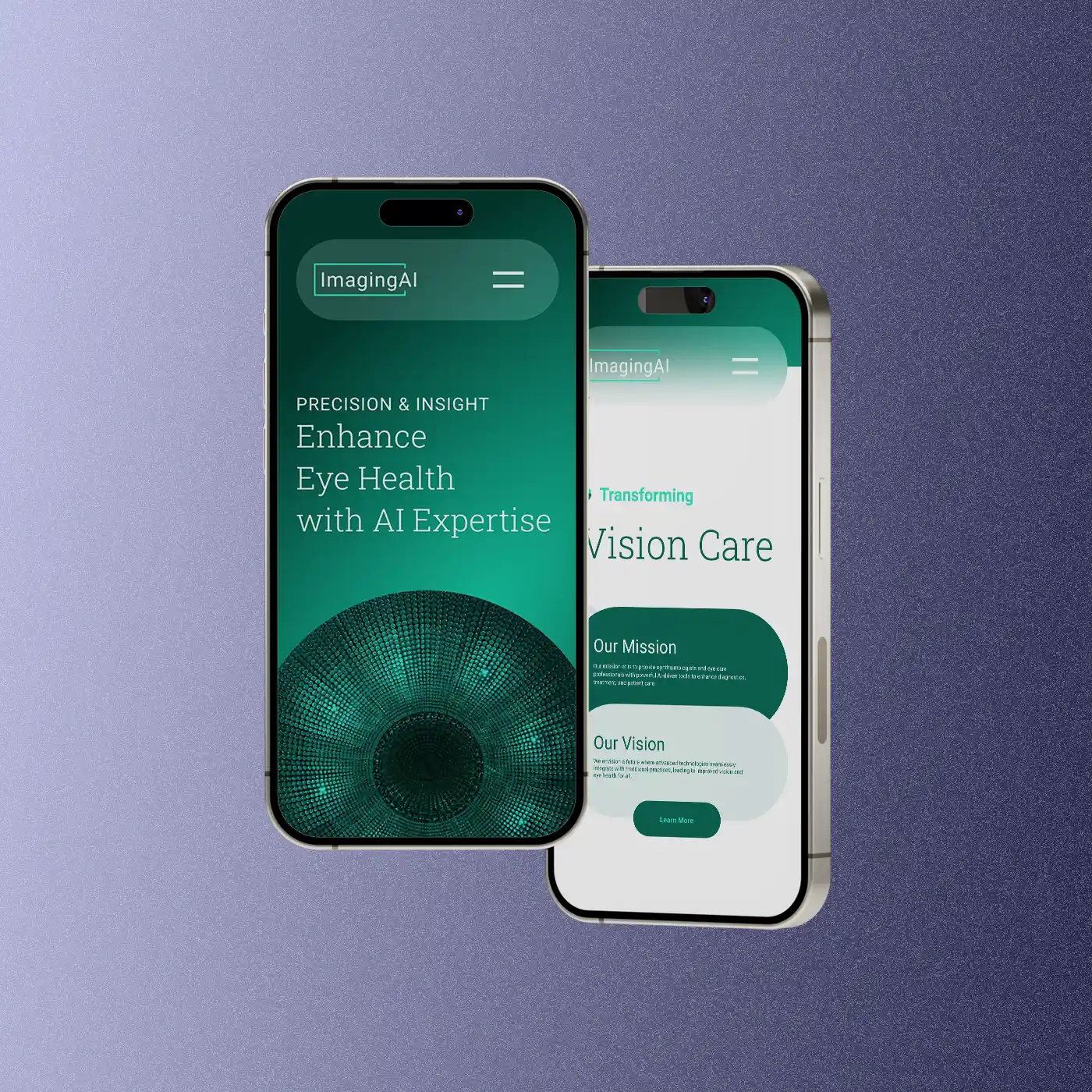Mastering the Iterative Design Process: A Step-by-Step Guide to Continuous Discovery
Continuous discovery and iterative discovery are related concepts, but they have slightly different implications. Lets explore on how we can use these frameworks in the iterative design process.
Iterative discovery refers to the process of incrementally uncovering new knowledge, insights, or solutions by building upon previous findings, experiences, or ideas. It’s a cyclical approach to problem-solving, learning, or innovation, where individuals or teams continually refine their understanding and adjust their approach based on feedback, new data, or changing circumstances.
Continuous discovery, on the other hand, is an ongoing process of exploring, validating, and refining new ideas or opportunities in a product or service, typically based on user feedback, market trends, and other sources of data. It’s a mindset and practice focused on constantly seeking new insights, opportunities for improvement, and innovation. Continuous discovery often involves close collaboration between product managers, designers, developers, and other stakeholders to ensure that they’re making data-informed decisions and keeping users at the center of the design process.
While both concepts involve a cyclical approach to learning and improving, continuous discovery emphasizes the ongoing nature of the process and the importance of staying connected to users and the market to make informed decisions. In contrast, iterative discovery focuses more on the incremental and step-by-step nature of uncovering new knowledge or solutions. These concepts often complement each other and can be applied together in various fields, including UX design, research, and product development.
In the context of User Experience (UX) design, iterative discovery refers to the process of continually refining and improving a product’s design based on feedback from users, usability testing, and other sources of data. This approach recognizes that a perfect design is often unattainable in the first attempt, and that the best results come from making adjustments based on real-world insights.
Key steps involved in both the continuous and iterative discovery processes in UX design:
Research:
Begin by conducting user research to understand the target audience, their needs, pain points, and goals. This can involve interviews, surveys, or even observing users in their natural environments.
Define:
Identify the problem or challenge that the design is intended to address, and develop user personas and user stories to guide the design process.
Design:
Create wireframes, mockups, or prototypes to represent the proposed solution. This stage can involve sketching, low-fidelity prototypes, or high-fidelity interactive prototypes, depending on the project’s scope and requirements.
Test:
Conduct usability tests with the target audience to gather feedback on the design. This can involve methods such as moderated or unmoderated testing, A/B testing, or heuristic evaluations.
Analyze:
Analyze the feedback and data collected during the testing phase to identify patterns, areas of improvement, and potential solutions.
Iterate:
Make improvements to the design based on the analysis and start the process again from the design phase, creating a new iteration of the product. This cycle may be repeated multiple times until the design meets the project’s goals and requirements.
Implement:
Once the design has been refined through multiple iterations, it can be implemented and released as a final product.
Continues discovery in UX/UI ensures that the end product is user-centric, effective, and continuously evolving to meet user needs. This approach values user feedback and data-driven decision-making, which leads to a more accessible user experience, engaging, satisfying to the users and with clear UI affordances and intuitive clues.
An iterative design process is an approach in which designers continually refine and improve their work based on feedback, testing, and real-world insights. This process aligns with iterative or continuous discovery, as both models involve cyclically building upon previous findings or designs.
Here is an outline of the iterative design process:
- Define project goals and objectives: Begin by clearly stating the project’s goals and objectives, as well as the target audience and context of use. This sets a clear direction for the design process.
- Conduct research: Gather information about the target users, their needs, preferences, and pain points. This can involve user interviews, surveys, and observing users in their natural environment.
- Develop user personas and user stories: Create fictional representations of the target users based on the research findings. These personas and stories help guide the design process and ensure it remains user-centric.
- Generate design ideas and concepts: Brainstorm various design ideas and concepts that address the identified user needs and project goals. This stage encourages creativity and exploration of different solutions.
- Create prototypes: Develop low-fidelity or high-fidelity prototypes of the chosen design concepts. These prototypes allow for testing and validation of the design with real users.
- Test and gather feedback: Conduct usability tests with the target users to gather feedback on the prototypes. Methods such as moderated or unmoderated testing, A/B testing, and heuristic evaluations can be employed.
- Analyze results and identify improvements: Analyze the feedback and data collected during the testing phase to identify patterns, areas of improvement, and potential solutions.
- Iterate on the design: Make improvements to the design based on the analysis, and then create a new iteration of the prototype. Repeat steps 5-7 (prototyping, testing, and analyzing) until the design meets the project’s goals and requirements.
- Finalize and implement the design: Once the design has gone through multiple iterations and reached a satisfactory state, finalize the design and implement it into the final product.
- Monitor and evaluate: After the product has been launched, continue to monitor its performance, gather user feedback, and make further refinements as needed. This ongoing evaluation ensures the product remains relevant and effective in meeting user needs.
The iterative design process is a continuous cycle of improvement that emphasizes user feedback, data-driven decision-making, and adaptation. By following this process, designers can create more effective, engaging, and satisfying user experiences.
It’s essential to embrace a discovery mindset within your team, encouraging a culture of learning and improvement. This emphasizes the importance of staying connected to users and the market for better decision-making. Make sure to conduct user research regularly, engaging with users through various methods, such as interviews or surveys, to understand their needs, preferences, and pain points. Keeping an eye on how user behaviors and expectations change over time is crucial.
Staying updated on market trends and competitors is also important. Keep track of industry developments, new technologies, and what your competitors are offering, as this helps you identify opportunities to stand out, improve, or innovate. Collaboration with different team members, like product managers and developers, is key. Sharing insights, ideas, and feedback ensures everyone is on the same page about user needs and project goals.
Developing and validating hypotheses based on user insights and market trends is another critical aspect of the process. Design experiments or tests, like creating prototypes or running A/B tests, to check if your hypotheses hold true. Continuously iterate and refine your design, using the insights from testing and validation to make informed decisions about improvements or adjustments. Keep updating your design based on new findings, feedback, or changing user needs.
Defining and tracking success metrics for your product or design is essential. Use data-driven insights to guide your decisions and prioritize features or improvements. Regularly share your findings with your team and the larger organization, as this creates transparency, encourages collaboration, and ensures everyone is working towards the same objectives.
Lastly, be prepared to adapt and evolve. Staying agile and responsive to new information and opportunities is at the heart of continuous discovery. Adjusting to changing user needs, market conditions, or organizational goals will help you create more effective, engaging, and satisfying user experiences.
Related Articles
The Importance of Grids in Design
July 12, 2024
Design Systems and AI Technology
April 9, 2024



